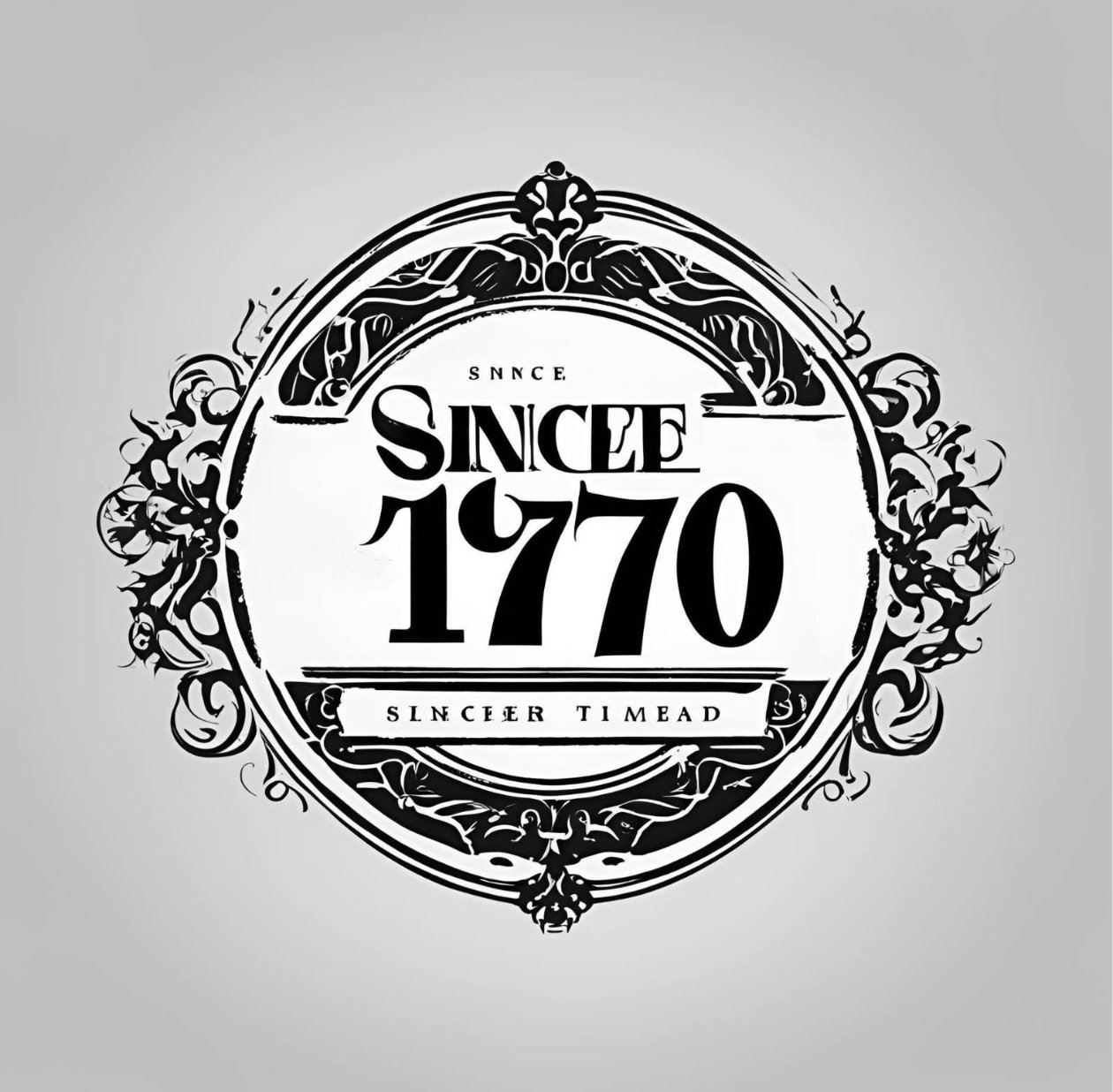Low MOQ. Free Logo. Wholesale Price. Tax-included Shipping
Choosing the Best Paint Brushes for Interior Walls
A Synthesis of Expert Insights and Practical Enhancements
Choosing the Best Paint Brushes for Interior Walls
Selecting the right paintbrush for interior walls is critical for achieving a smooth finish and efficient workflow. Below is a detailed analysis of common themes across four authoritative sources, along with enhancements to address gaps, ensuring your project benefits from both foundational knowledge and advanced strategies.
Common Themes Across Sources 357
- Bristle Material
- Synthetic Bristles (Nylon/Polyester): Ideal for water-based paints (e.g., latex) due to moisture resistance and easy cleanup.
- Natural Bristles (Wool/Hog Bristle): Best for oil-based paints (e.g., alkyds) as they hold more paint and deliver smoother finishes. Avoid water exposure to prevent swelling.
- Brush Size and Shape
- Width:
- 4-inch Brushes: Optimal for large surfaces like walls and ceilings.
- 2–3-inch Brushes: Perfect for trim, edges, and detailed work.
- Angled vs. Flat Brushes: Angled brushes (e.g., 2.5-inch sash) excel in cutting edges, while flat brushes suit broad strokes.
- Width:
- Paint Compatibility
- Match bristle type to paint: Synthetic for latex, natural for oil-based. High-gloss paints require dense, short bristles to minimize streaks.
- Quality and Maintenance
- High-Quality Indicators: Tightly packed bristles, flagged ends for smoother application, and ergonomic handles.
- Cleaning: Rinse synthetic brushes with water immediately; clean natural bristles with mineral spirits.
Missing Insights and Enhanced Recommendations
- Specialized Tools and Accessories
- Trim Brushes (1-inch or smaller): Essential for intricate areas like baseboards or window panes8.
- Extension Poles: Pair with 4-inch brushes for high walls to reduce ladder use8.
- Disposable Mini Rollers: Complement brushes for textured walls to ensure even coverage7.
- Surface Texture Adaptations
- Rough Surfaces (e.g., stucco): Use stiff synthetic brushes (polyester blends) to push paint into crevices7.
- Smooth Surfaces (e.g., plaster): Opt for soft, tapered bristles to avoid streaks5.
- Eco-Friendly and Health Considerations
- Low-VOC Brushes: Some brands offer synthetic bristles with reduced chemical off-gassing, improving indoor air quality8.
- Reusable vs. Disposable: High-end brushes (e.g., Purdy, Wooster) last longer with proper care, reducing waste5.
- Budget Strategies
- Premium Brushes: Invest in brands like Purdy for long-term projects; durability justifies the cost58.
- Economy Options: Use affordable synthetic brushes (e.g., HD Supply’s store brand) for single-room tasks8.
- Performance Testing Tips
- Flex Test: Bend the bristles—high-quality brushes spring back without splaying7.
- Dry Run: Test the brush on cardboard to check for loose bristles and paint distribution5.
Step-by-Step Selection Guide
- Assess the Paint Type
- Latex/water-based → Synthetic bristles.
- Oil-based → Natural bristles.
- Determine the Surface and Area
- Large walls: 4-inch flat brush + extension pole8.
- Trim and edges: 2.5-inch angled brush5.
- Prioritize Quality for Critical Tasks
- Cutting-in edges: High-density angled brushes (e.g., Wooster Ultra/Pro)7.
- Textured walls: Stiff synthetic brushes7.
- Maintenance for Longevity
- Clean immediately after use; store brushes upright or hang to preserve shape35.
- Special Scenarios
- High humidity: Use moisture-resistant nylon brushes to prevent bristle damage7.
- Quick touch-ups: Keep a 2-inch synthetic brush dedicated to each paint color8.
Conclusion
While existing guides emphasize core principles like bristle types and brush sizes, this enhanced guide integrates overlooked factors such as surface texture, eco-friendly materials, and budget optimization. By aligning tools with specific project needs—whether a DIY refresh or professional renovation—you can achieve flawless results with minimal effort. For further details, explore manufacturer guidelines from Benjamin Moore or HD Supply’s applicator guide58.
Note: Always test brushes on a small area before full application to ensure compatibility with your paint and surface.
References
- Quora: Best Paint Brush Types for Interior Walls
- Benjamin Moore: Choosing the Best Paint Brush
- Pinnacle Paint: Different Types of Paint Brushes
- HD Supply: Paint Applicators Buying Guide
This article synthesizes expert advice and practical enhancements, ensuring your readers gain actionable insights for both foundational and advanced painting projects.
- No 177 hean road, Anqing, China
-
+852 64390545
+852 93437480 - Biaodabrush@gmail.com
- BIAODA BRUSH COMPANY LIMITED
Product Categories
Get In Touch
© 2025 Biaoda Brush All Rights Reserved.

